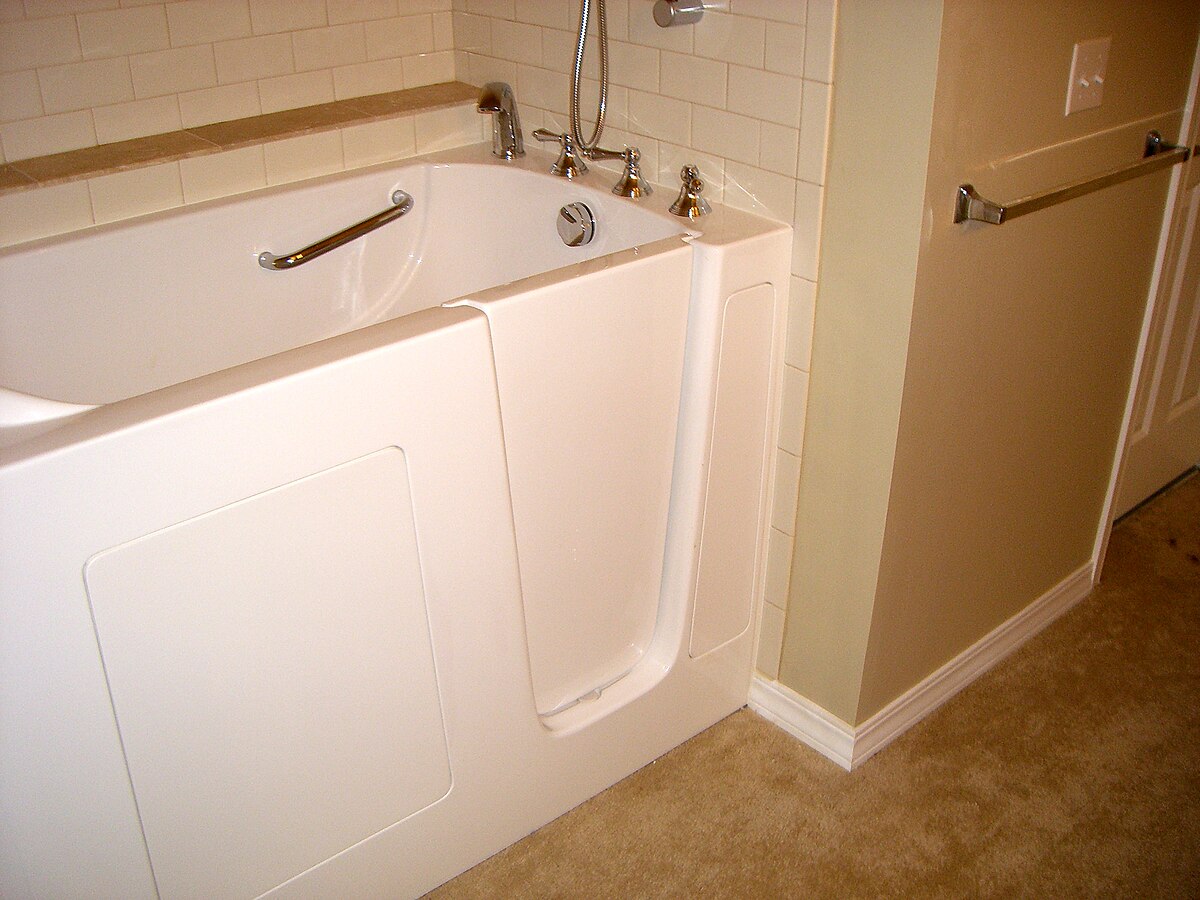How Walk-In Bathtubs Are Used to Improve Home Safety and Daily Comfort in 2025
Walk-in bathtubs are increasingly recognized not just as accessibility tools, but as part of a larger trend toward safer, more comfortable living at home. Whether you're planning ahead or responding to changing needs, these bathroom upgrades raise important questions. From layout and materials to installation factors and daily usability — understanding the full context can help clarify what’s worth your attention. Explore how different features serve different priorities in today’s homes.
What are the key features of modern walk-in bathtubs?
Walk-in bathtubs in 2025 come equipped with an array of features designed to maximize safety and comfort. Low-threshold doors allow easy entry and exit, reducing the risk of trips and falls. Non-slip flooring and grab bars provide additional stability, while built-in seating ensures comfort during bathing. Many models now include hydrotherapy jets, chromotherapy lighting, and heated surfaces for a spa-like experience. Advanced safety features such as quick-drain technology and anti-scald valves have become standard, addressing concerns about water temperature and prolonged exposure.
How do walk-in tubs support aging in place and mobility?
For seniors and individuals with mobility issues, walk-in tubs offer a practical solution for maintaining independence at home. The easy-access design eliminates the need to step over high tub walls, reducing the risk of accidents. Seated bathing options provide stability and comfort for those who struggle with standing for extended periods. Additionally, many walk-in tubs now incorporate wider doors and transfer benches to accommodate wheelchair users, making them an inclusive option for various mobility needs.
What factors should be considered when evaluating bathroom layout?
Before installing a walk-in tub, it’s crucial to assess your bathroom’s layout and dimensions. Consider the available space, existing plumbing locations, and doorway widths to ensure a proper fit. Some homeowners may need to reconfigure their bathroom layout to accommodate a walk-in tub, which could involve moving fixtures or expanding the room. It’s also important to evaluate the floor’s structural capacity to support the weight of a filled walk-in tub, which can be significantly heavier than traditional bathtubs.
What are the installation requirements for walk-in bathtubs?
Installing a walk-in tub typically requires professional expertise to ensure proper functionality and safety. The process may involve removing the existing tub, reinforcing the floor if necessary, and potentially upgrading electrical and plumbing systems. Many modern walk-in tubs are designed to fit within the footprint of a standard bathtub, simplifying the installation process. However, some homes may require more extensive modifications, such as widening doorways or relocating plumbing fixtures to accommodate the new tub.
How has maintenance and upkeep of walk-in tubs evolved?
In 2025, walk-in tubs have become more user-friendly in terms of maintenance and cleaning. Many models feature antimicrobial surfaces that resist mold and mildew growth, reducing the need for frequent deep cleaning. Self-cleaning systems, which use ozone or UV light to sanitize the tub after each use, have become increasingly common. Regular maintenance typically involves checking door seals, ensuring proper drainage, and inspecting jets and electrical components. Most manufacturers now provide detailed care instructions and offer extended warranties, reflecting the improved durability and longevity of these products.
What long-term value and usability benefits do walk-in tubs offer?
When considering the long-term value of walk-in tubs, it’s important to weigh the initial investment against potential future benefits. These tubs can significantly reduce the risk of bathroom accidents, potentially saving on medical expenses and preserving independence. Many homeowners find that walk-in tubs increase their property value, especially in areas with aging populations. The therapeutic features of modern walk-in tubs, such as hydrotherapy jets and heated surfaces, can provide ongoing relief for conditions like arthritis and poor circulation, potentially reducing reliance on other treatments.
| Walk-In Tub Model | Provider | Key Features | Cost Estimation |
|---|---|---|---|
| Ella’s Bubbles Companion | Ella’s Bubbles | Dual-seat design, chromotherapy, air jets | $7,000 - $9,000 |
| American Standard Freedom | American Standard | Quick Drain technology, built-in grab bar, lifetime warranty | $5,000 - $7,000 |
| Kohler Belay | Kohler | Ultra-low step-in threshold, heated backrest, handheld shower | $4,000 - $6,000 |
| Safe Step Walk-In Tub | Safe Step | Personal hygiene bidet, anti-slip flooring, MicroSoothe Air Therapy | $8,000 - $12,000 |
Prices, rates, or cost estimates mentioned in this article are based on the latest available information but may change over time. Independent research is advised before making financial decisions.
In conclusion, walk-in bathtubs have evolved significantly to meet the growing demand for safe and comfortable bathing solutions in 2025. With advanced features, improved designs, and a focus on long-term value, these tubs are playing a crucial role in enhancing home safety and daily comfort for individuals of all ages and abilities. As technology continues to advance, we can expect even more innovative solutions to emerge in the walk-in tub market, further improving the quality of life for homeowners worldwide.





